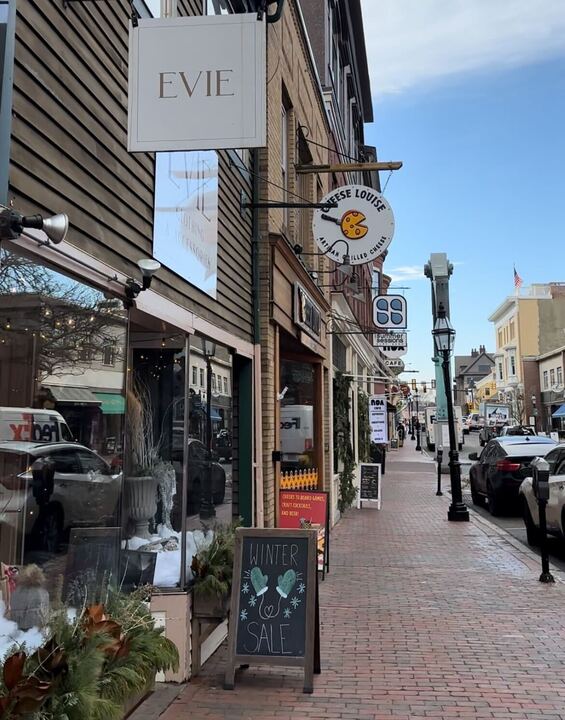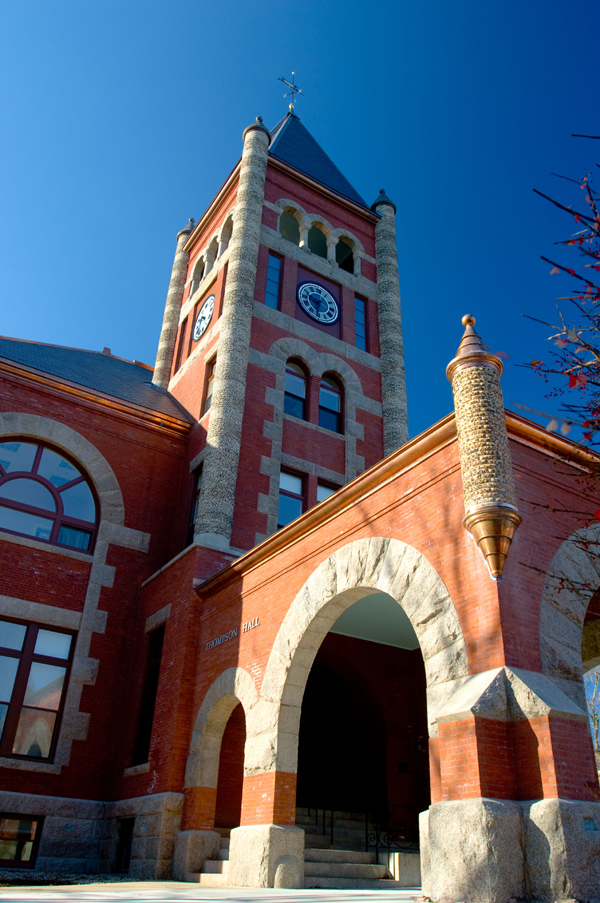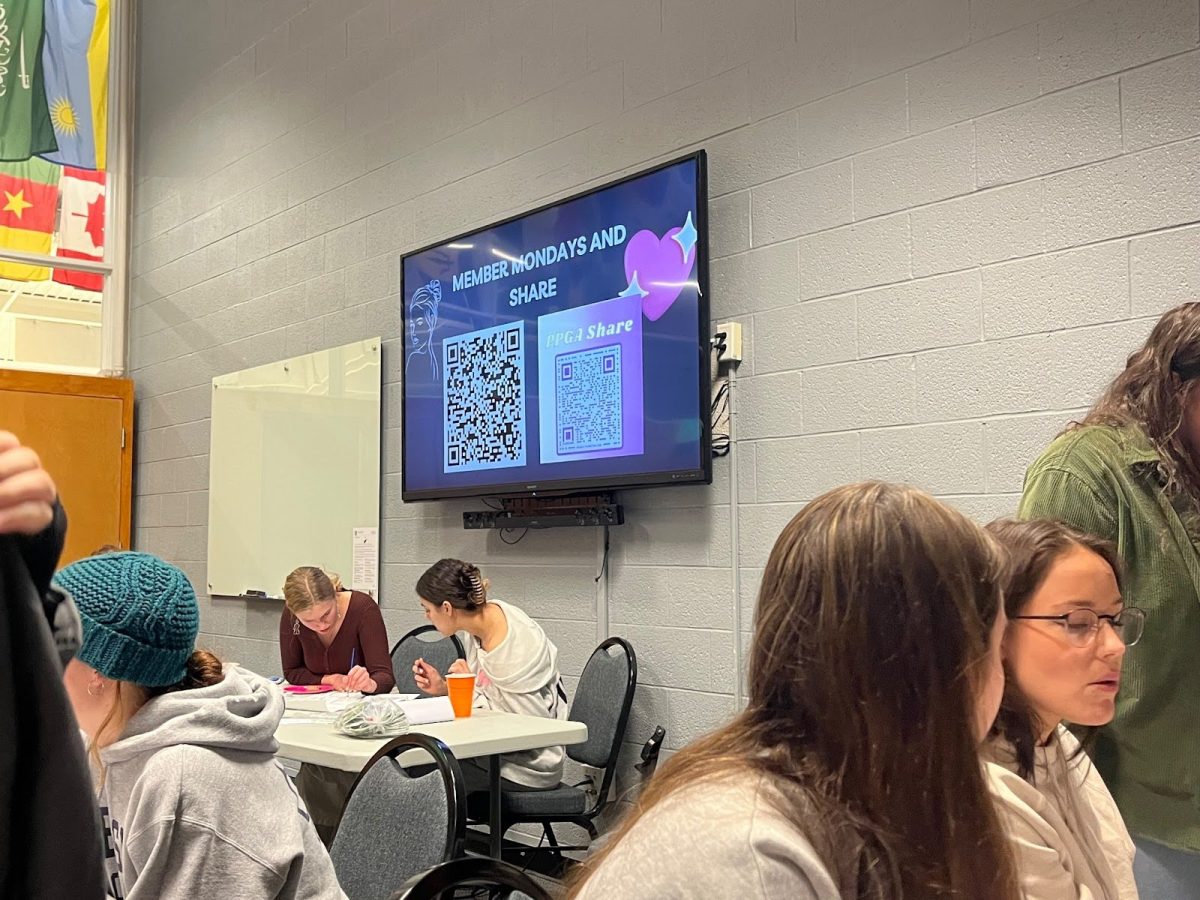Firefighting is not all about extinguishing fires, climbing ladders, kicking in doors, running hose lines and saving babies. Off and away from smoke and fire, the Durham firefighters focus their collective energy on other deeds that might just be as good as saving the day.
The Durham Professional Firefighters Association is comprised of 18 unionized men and women inside the Durham Fire Department. Durham is the 2253 union branch of the International Association of Firefighters [IAFF], otherwise known as Durham Fire Local 2253, which not only uses the title “union” to bargain for fair wage, fair insurance and necessities like allowances for uniforms, but also considers itself a philanthropic and charitable organizing entity that supports the local community. Currently, the Local 2253 has focused on installing an AED system into each recognized sorority and fraternity home at UNH.
An AED, or automated external defibrillator, is an easy to use, lightweight, battery-operated, portable device designed to save the life of someone in cardiac arrest. Sticky pads with sensors (called electrodes) are attached to the chest of the person who is having sudden cardiac arrest (SCA).
These sophisticated devices are designed for use without training. They are intelligently designed and walk the operator or, in this case, student, with the AED through the proper procedure. Because of sophistication in its design, there is no need to worry about un-intentional shocks. The AED analyzes and advises whether the victim needs to be electrically charged. All you have to do is push the button when the AED says so.

An AED, such as the one pictured above, has the ability to save someone from cardiac arrest. AEDs are operable without any prior training, and the Durham Professional Fire Association is looking to install more AEDs in the community.
“There’s a lot of people in and out of these houses, whether it’s parents coming into town, grandparents for the weekend. We’ve used [AED’s], we’ve seen them work, we’ve been to calls that people have pulled them off the walls and shocked somebody before we get there. It’s living proof that they work,” union President Ken Lundberg said.
UNH junior and Alpha Xi Delta new members educator Jessie Zionts said she feels safer in her sorority house knowing that an AED is conveniently installed next to the front door of her common room.
“It could come into play during parents weekend and when the alumni come back,” Zionts said.
The Durham Professional Firefighters Association (DPFA) is adamant on the installations of the AED’s in the sorority and fraternity households.
“We think that we’d be the first college in the country to have an AED in every single [sorority or fraternity life] house, which is huge. It would be a great promotion for UNH, it would be a great promotion for [sorority and fraternity] life,” DPFA Vice President Dave Blatchford said.
However, Blatchford said that the AED program has had some setbacks when dealing with the remaining sororities and fraternities who have yet to purchase one for their respective houses.
So far, there are six sorority and fraternity households left on the union’s check-list that are reluctant to pay the $760 for the AED, which will be completely and thoroughly installed by the union firefighters themselves. Blatchford said he continues to go to the homes to check in and remind them about the program.
With that being said, the decision may not be just up to the members who reside in the actual homes. Like the firefighters, the sorority and fraternity members follow a chain of command and sometimes a small request, such as an AED, gets lost in the line of communication that it must travel through to the chapter hierarchy.
Not only has the union found frustration in the sorority and fraternity life protocol, but also in the DPFA, which claims that there could be stagnation with the AED installations because of housing and their concerns with liability.
Blatchford, who is persistent about the AED program, which he created almost five years ago, completed the first sorority and fraternity life AED installation back in November 2011. Now, the number stands still at eight successful installations.
In support of this program, union members have argued that having an AED would not only look great for promoting sorority and fraternity life, as well as UNH overall, but would also provide life-saving benefits, as an AED can bring a person who has experienced cardiac arrest back to life, something cardiopulmonary resuscitation (CPR) alone cannot accomplish.
With the average call time of the fire department being four minutes, not including the high stress nights such as Halloween, Homecoming or the regular Thursdays, Fridays and Saturdays, there is no certainty to that average time being met with success.
According to the American Heart Association, the survival rates of cardiac arrests that occur outside of hospitals nearly double when AED defibrillators are administered in addition to CPR. It is upon five to seven minutes into cardiac arrest that brain damage can begin.
“Firefighters are can – do people,” Blatchford said. “If we need something done, we’re working on it right now.” In regard to the AED program, he said, “We will not take no for an answer for this.”



















